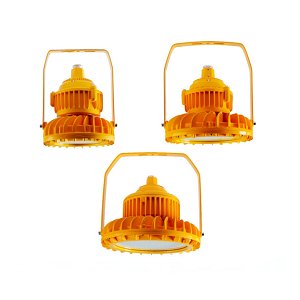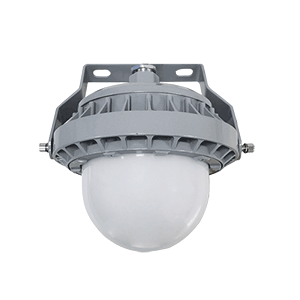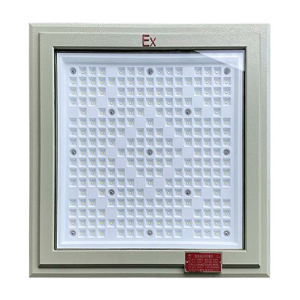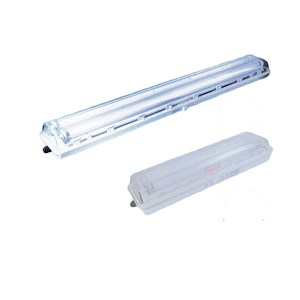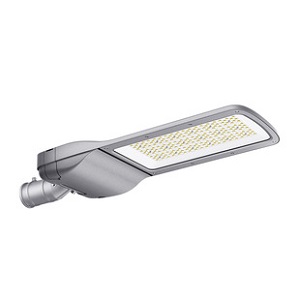What is the difference between dimmable and non-dimmable LED lights?
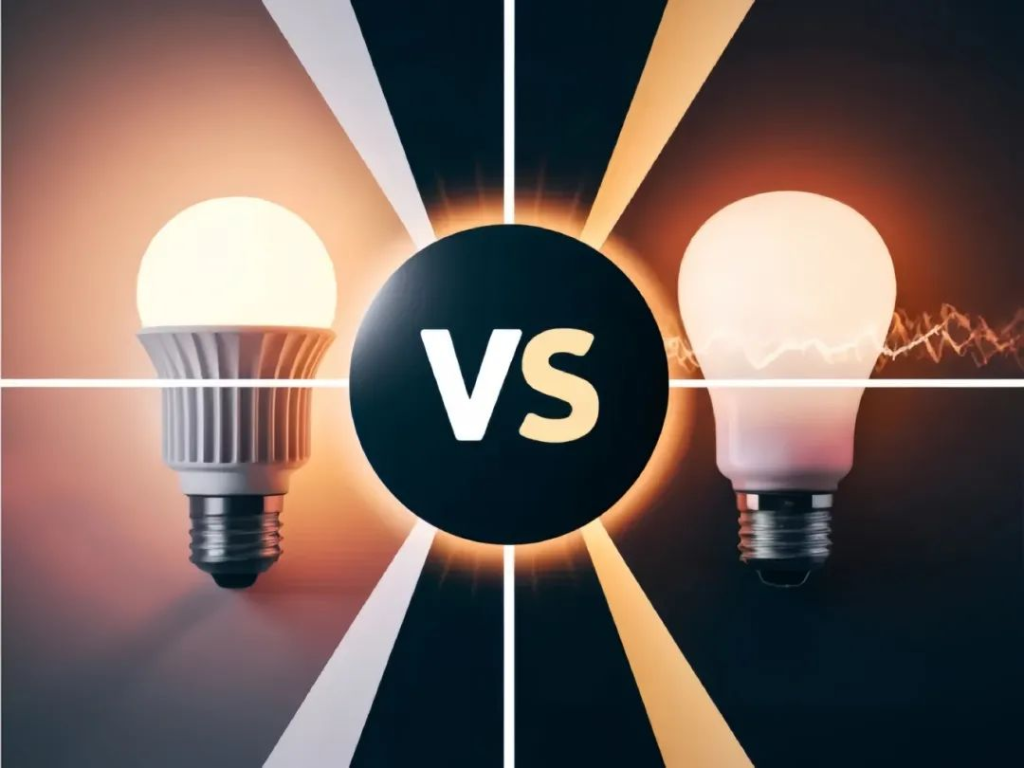
With the development of society, people’s quality of life is getting higher and higher, and the requirements for lighting are also rising. More and more occasions require dimmable LED lighting. the rapid development of LED lighting means that a large number of integrated circuit devices are needed to provide power control for LEDs. In the current energy-saving era, switch-mode LED drivers have begun to replace energy-intensive linear devices to control LED current. From flashlights to streetlights and even scoreboards in sports stadiums, these products require precise control of the light output of LEDs.
Can LED lights be dimmed? Of course they can! However, LED dimming requires a special controller and there are many different dimming methods to choose from. There are ways to adjust the brightness by changing the resistance and ways to adjust the brightness by changing the voltage.LED lights can be adjusted not only for brightness, but also for color and color temperature. By adjusting LED lights, you can create a relatively comfortable environment.
Adjustment of LED brightness can be realized by using an adjustable driver. Brightness adjustment is the simplest way to adjust, ordinary LED lights can also be adjusted by adjusting the voltage to realize the brightness adjustment.

Advantages of Dimmable LED Lights
Energy saving and high efficiency: compared with traditional lighting products, dimmable LED lights have a higher energy saving effect. the energy efficiency of LED lights is up to 80%-90%, compared with the traditional incandescent lamps to reduce energy consumption by more than 80%. Dimmable LED lights can significantly reduce energy consumption.
Longer life: Dimmable LED lights have a much longer life span, often up to tens of thousands of hours, far longer than traditional lighting products. This means that locations using dimmable LED lights can not only reduce the frequency of fixture replacement, but also reduce maintenance costs.
Adjustable Brightness: Dimmable LED lights not only provide bright lighting effects, but can also be adjusted to meet the needs of different environments. In occasions where more light is needed, such as offices and study spaces, the brightness can be increased to provide sufficient illumination; in environments where more comfort and coziness is needed, such as family living rooms and dining rooms, the brightness can be lowered to create a more atmospheric lighting effect.
ADJUSTABLE COLOR TEMPERATURE: Dimmable LED lights can also be color temperature adjustable, from warm yellow to cool white, providing diverse lighting effects. This allows dimmable LED lights to adapt to different occasions and personal preferences, creating a more comfortable and natural lighting environment.
No UV radiation: Traditional incandescent and fluorescent lamps usually produce UV radiation, which poses a risk to human health. Dimmable LED lights do not produce UV radiation during operation, making them safer and healthier.
How to use LED dimmers
LED dimmers are used to control the brightness of LED lights and provide the desired lighting effect in different scenarios. Below are the general steps for using LED dimmers:
Choosing the right LED lights and dimmer: first, choose a dimmer that is compatible with the LED lights you are using. Different types of LED lights and dimmers may have different compatibility requirements, so making sure the dimmer matches the LED lights is key.
INSTALLING THE DIMMER: Properly install the dimmer in the appropriate switch box or fixture according to the dimmer’s installation instructions. Ensure power is disconnected and safety procedures are followed.
CONNECTING POWER AND LIGHTING FIXTURES: Connect the power cord and LED lights to the appropriate terminals on the dimmer according to the dimmer’s wiring guide. Ensure that the power and lighting cables are connected correctly and securely.
DIMMER SETUP: Follow the dimmer’s owner’s manual to learn how to set up and operate the dimmer. This may involve using knobs, buttons, remotes, or mobile apps to adjust the brightness of the lights.
ADJUSTING BRIGHTNESS: After turning on the power, adjust the brightness of the LED light by turning the knob, pressing the button or using the remote control. According to actual needs and personal preferences, you can choose between different brightness levels to achieve the desired lighting effect.
The functions and operation of the LED dimmer may vary depending on the brand and model. Therefore, before using the LED dimmer, be sure to read and understand the dimmer’s user manual carefully and follow its instructions for proper operation and setup.
In addition, some LED lights and dimmers support other functions such as adjusting the color temperature (color) or implementing scene modes. For these special functions, you can follow the dimmer’s instructions to operate and adjust them to achieve the desired lighting effect.
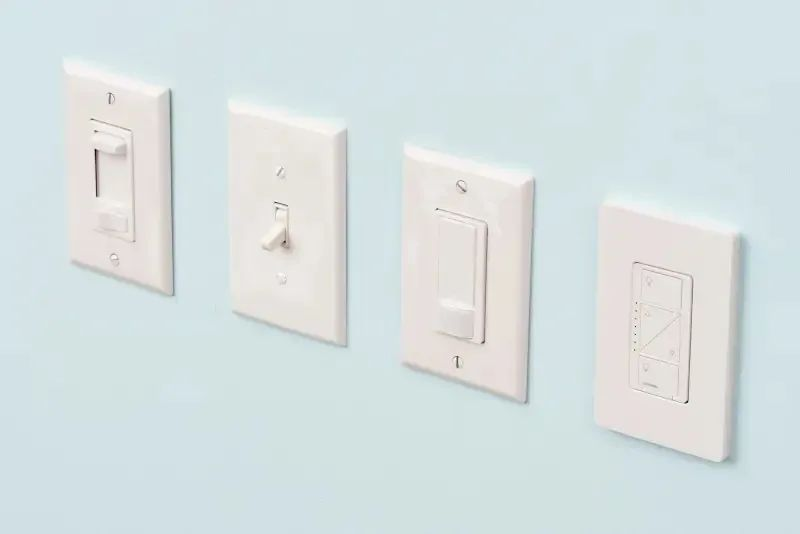
Types of LED dimmers
There are various types of LED dimmers, here are some common types of LED dimmers:
Impedance Dimmer: An impedance dimmer is a traditional type of dimmer for incandescent lamps. It regulates brightness by changing the relationship between current and resistance. However, impedance dimmers are not suitable for all types of LED lamps because their characteristics are different from traditional incandescent lamps.
DC Dimmer: DC dimmers are suitable for DC powered LED lights, which can adjust the brightness by changing the amount of current. This kind of dimmer usually controls the brightness of LED lights by adjusting the current.
Pulse Width Modulation Dimmer (PWM Dimmer): PWM dimmer is a common and widely used type of LED dimmer. It controls the brightness of LED lights by changing the duty cycle of the power supply for a certain period of time.PWM dimmer can provide high quality dimming effect, no flicker and can precisely control the brightness level.
Voltage Dimmer: Voltage dimmer is a type of dimmer that regulates the brightness of LED lights by changing the supply voltage. It can control the current and adjust the brightness by changing the magnitude of the supply voltage.
Digital Dimmer: A digital dimmer adjusts the brightness of LED lights through digital control. It can be controlled from a computer, remote control, or other smart device, and typically has more precise dimming effects and more feature options.
Different types of LED lights may require specific dimmers for optimal dimming. Therefore, when choosing an LED dimmer, make sure it is compatible with the LED lights you are using and refer to the manufacturer’s guide for both the dimmer and the LED lights for optimal dimming performance and light quality.
Advantages and disadvantages of LED dimming methods
Advantages and disadvantages of different LED dimming methods
Pulse width modulation dimming:
Benefits: Provides excellent dimming with no flicker, a wide range of brightness, and the ability to precisely control the brightness level.
Cons: Visible vibration may occur at low brightness levels, requiring the use of a dedicated PWM dimmer.
Front cut dimming:
Advantage: simple and economical, no need for special dimmers, just use a switch or knob to adjust the brightness.
Cons: Limited dimming range for precise brightness control.
Analog dimming:
Advantages: smooth dimming effect, can realize continuous dimming.
Cons: Relatively narrow dimming range, limited sensitivity, and sometimes uneven brightness or flickering may occur.
Voltage dimming:
Benefits: easy to use, no need for specialized dimmers, compatible with existing voltage-based dimming systems.
Cons: Narrow dimming range may cause color temperature and color shift.
Digital dimming:
Benefits: High accuracy and precise control can be achieved through digital control, offering a wide range of dimming modes and function options.
Disadvantages: Higher cost, requires a dedicated digital dimmer, and has higher system requirements.
The choice of LED dimming method should be based on specific needs and application scenarios. For the need of precise dimming effect and wide range of brightness, pulse width modulation dimming is a good choice. For some simple dimming needs, front-cut dimming or analog dimming may be more economical and practical. It is also important to carefully consider the compatibility of the LED lamps, the requirements of the driver, and the adaptability of the control system.

Dimmable LED Applications
Home lighting: dimmable LED lights are increasingly used in home lighting. By adjusting brightness and color temperature, residents can create lighting effects that suit different activities and moods. For example, when waking up in the morning, the brightness of the light can be gradually increased to help the body adapt to the light more easily; while at night, dimming the light creates a cozy environment that helps relax the body and mind.
Commercial Lighting: Dimmable LED lights have become a trend in commercial locations. For example, the use of dimmable LED lights in large shopping malls and brand specialty stores can create a lighting atmosphere that attracts shoppers and enhances the appeal of products. In addition, restaurants and cafes can also use dimmable LED lights to create different dining atmospheres, making customers more comfortable and satisfied.
Office Space: Dimmable LED lights are becoming more and more common in office environments. Different work tasks require lighting of different brightness, and dimmable LED lights can be adjusted according to the needs of employees to provide comfortable and appropriate lighting effects. This helps to improve employee productivity and comfort.
Hospitality and Tourism: In the hospitality and tourism industry, the use of dimmable LED lights can enhance the customer experience. Guests can adjust the brightness and color temperature of the lighting in the room according to their needs. The customized lighting effect can create a warm and comfortable accommodation environment and improve customer satisfaction.
Outdoor lighting: dimmable LED lights are also widely used in outdoor lighting. The brightness of LED street lights used in daily life, such as street lights and park lighting, can be adjusted. When there are more pedestrians before 10:00 pm, the brightness of LED street lights can be increased to facilitate pedestrian traffic; while after 10:00 pm, when there are fewer pedestrians in the streets and parks, the brightness of LED street lights can be reduced to minimize energy consumption.

